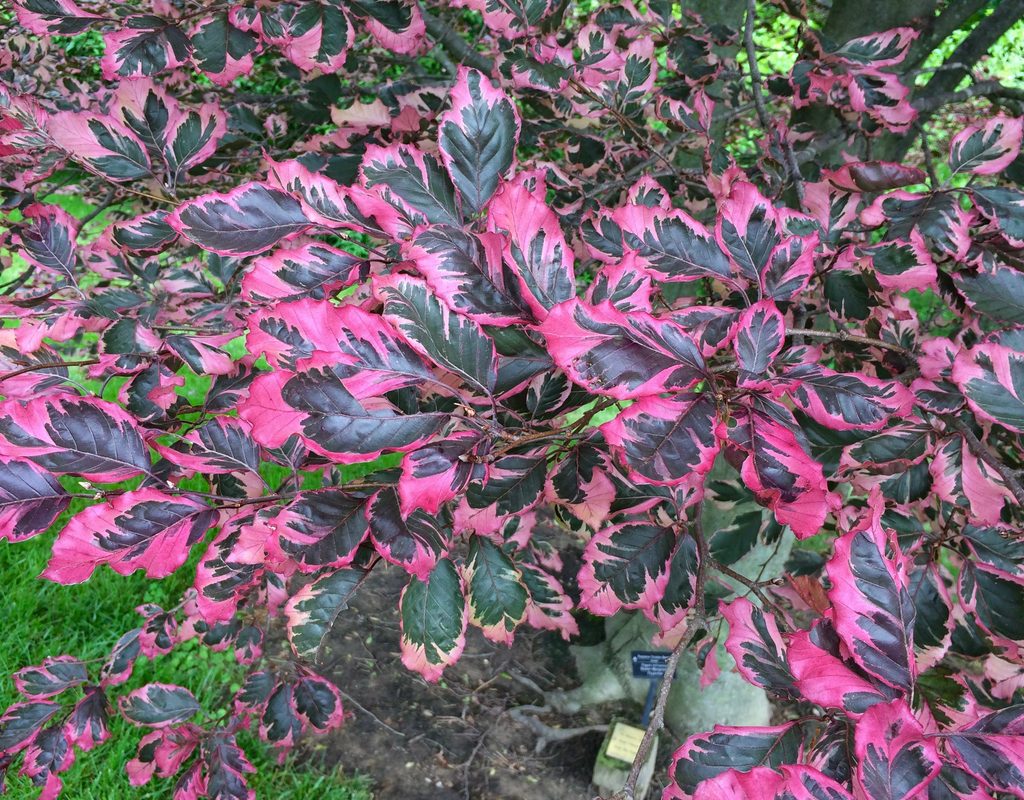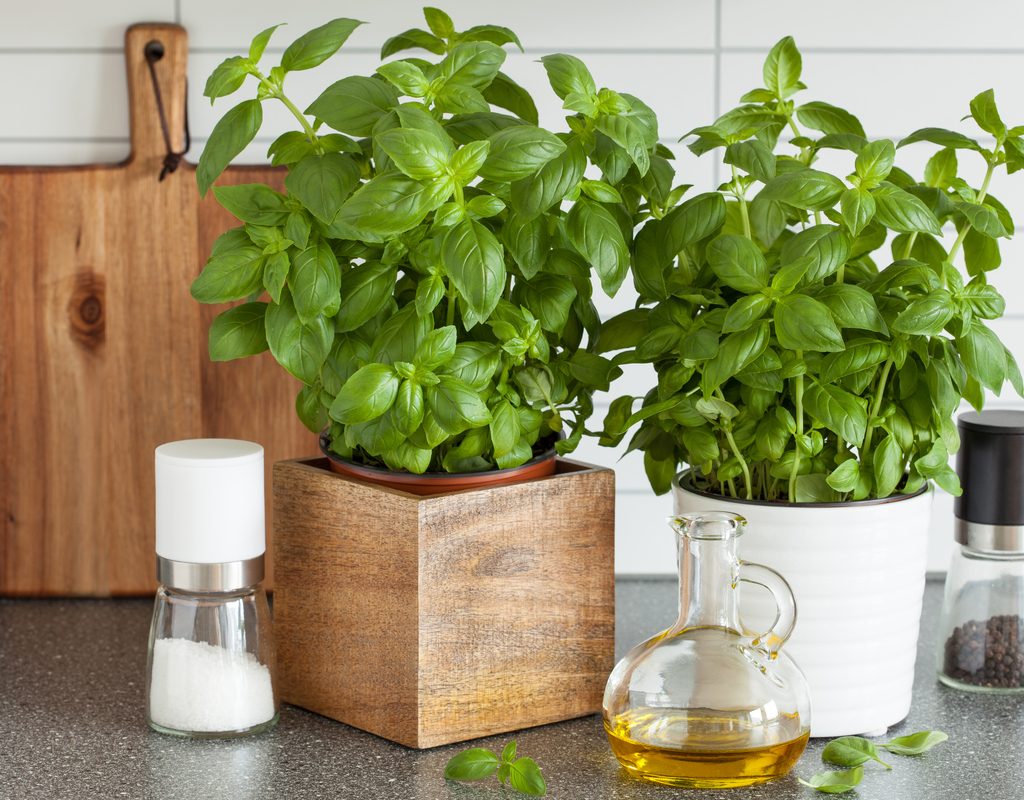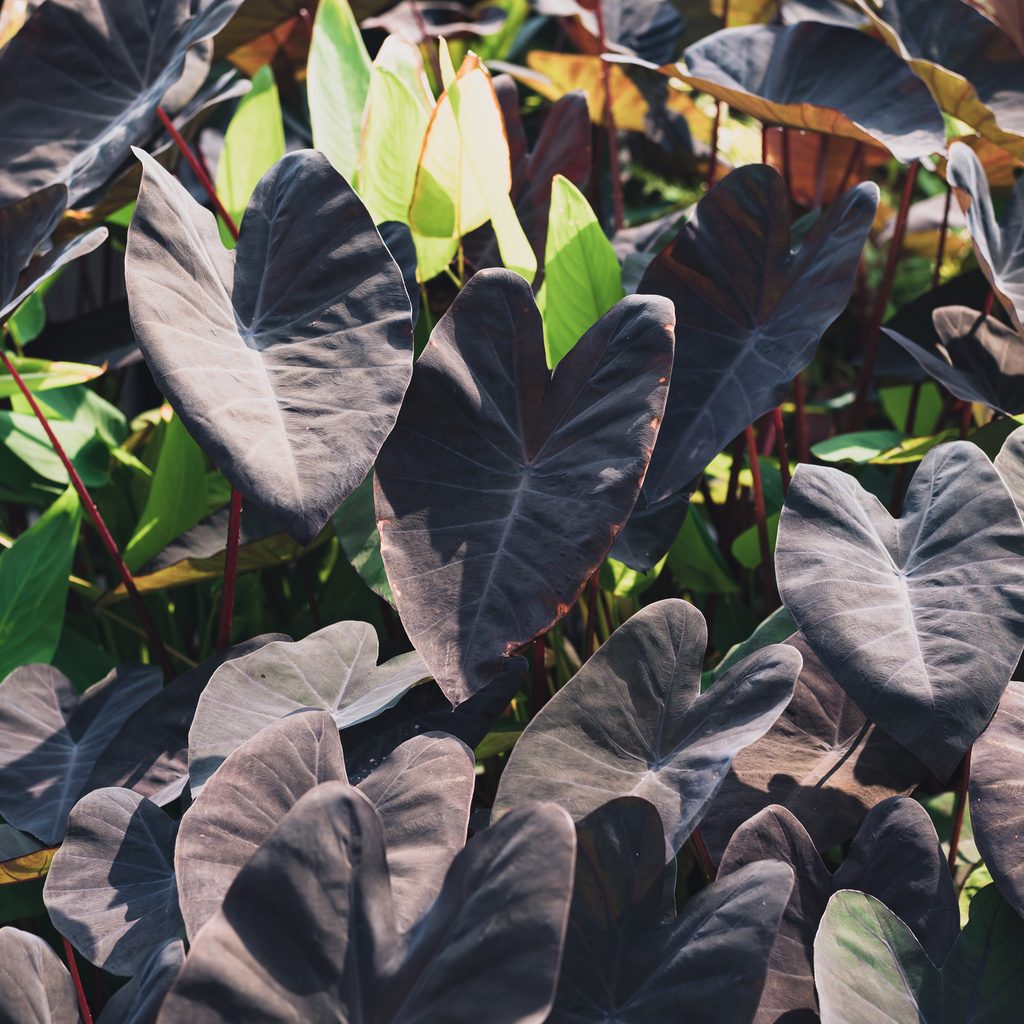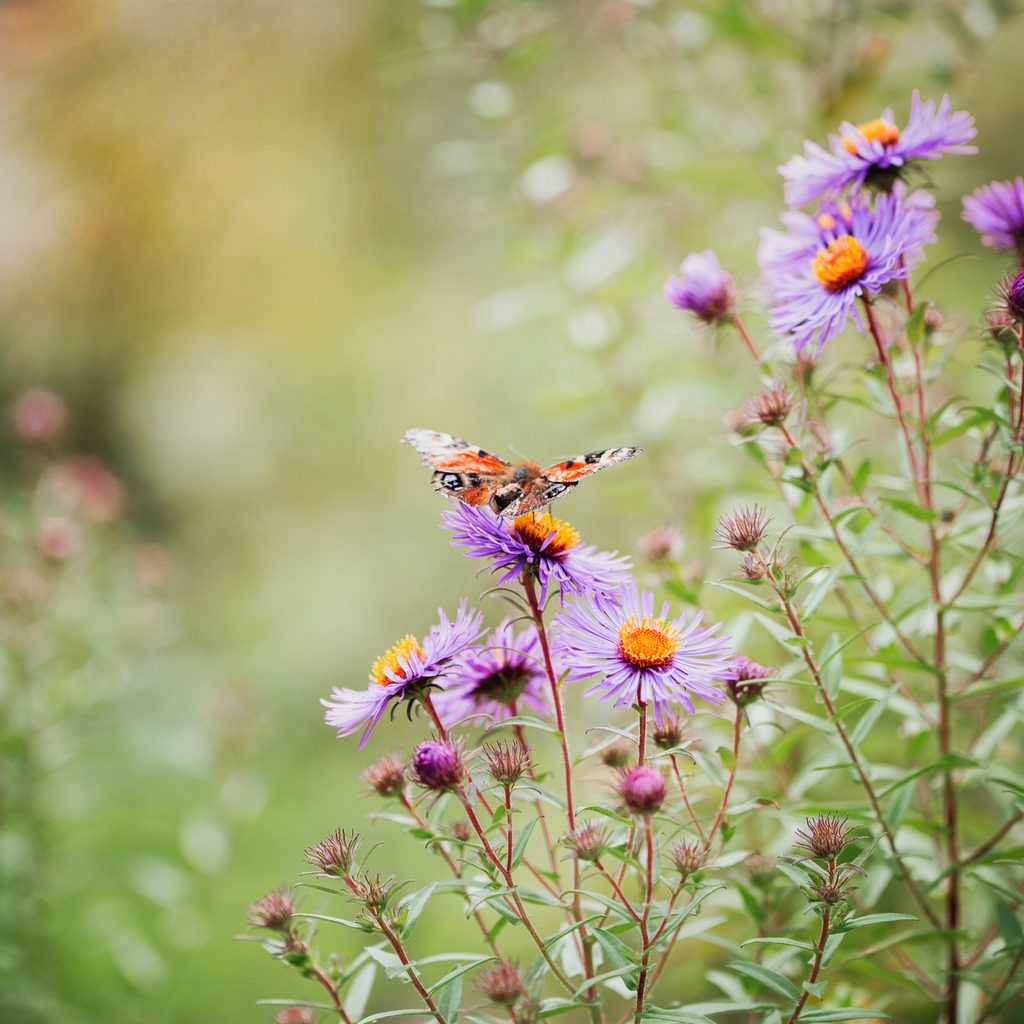As you plan out your indoor jungle and outdoor garden beds, take a look at 2022’s gardening trends for inspiration. Outline your project ideas ahead of time to make sure that you find the right plants at the right prices. From growing native plants on your patio to accenting your borders with dark foliage, there are trends for every type of plant enthusiast. If you’re curious about upcoming garden trends, read to learn more about them and how you can incorporate them into your available space.

Use native plants in your garden
With concerns growing over climate change, low-maintenance gardening will be one of the biggest trends this year. In addition to planting drought-tolerant foliage, you can also make your garden more eco-friendly by going for native plants. All you need to do is take a trip to your local nursery to see which plants naturally grow in your area. Plants that are native to a region will naturally adapt to its specific climate conditions. As a home gardener, you won’t have to worry too much about fertilizing or watering these plants — they should already be acclimated to the soil conditions and rainfall patterns of the area where you live.
What’s also great about native plants is that they’ll provide food and shelter to native wildlife to increase biodiversity. In turn, some native animal species will help your plants with pollination so that your garden can thrive. Growing native plants is a win-win: You won’t have to spend much time or money on supplementing your plants, and you’ll be supporting biodiversity in your region.
Plant wildflowers for a meadow garden
The cottagecore trend is here to stay. Looking ahead to 2022, expect to see wildflowers bloom. In place of tropical jungles and manicured lawns, find meadow landscapes. For an English countryside feel, place wildflowers by beds, borders, and trees in your garden. Consider which foliage plants (such as ferns) share the same needs, as well as the ones that look great next to them. While you can prune and pull wildflowers to tailor them to your aesthetic, the idea is they can grow with abandon. If you have a wide, open garden space, consider allowing them to spread naturally.
From coneflowers to wild cosmos, there are many options when it comes to furnishing your garden with beautiful blooms. Try mixing warm and pastel tones for a variety of colors. Many wildflowers that you’ll find at your local garden center are native plants, meaning you won’t need to supplement them with much water or fertilizer. Once the last frost passes, go wild and scatter seeds into your garden. There’s no need to add soil amendments; wildflowers can usually tolerate poor soil conditions.

Maintain a kitchen garden
Kitchen gardens are incessantly trending — and for good reason! Planting herbs and vegetables doesn’t necessarily require that much space; though a garden bed in a yard outside is ideal, not everyone has access to that type of space. Growing herbs is easy, and you can often do it from your balcony or even your kitchen if you live in a small space. Plus, growing your own food helps cut down your carbon footprint — your food won’t be traveling long distances to get to you and you can opt-out of using potentially harmful fertilizers and pesticides.
All it takes to start an herb or vegetable garden is sowing some seeds and giving them adequate moisture and bright indirect light. You can also buy ready-to-go seedlings and plant them into a bigger container. Larger veggies might take some time to grow, but herbs will take no time at all. You can prune and enjoy herbs as they grow. Pruning, in fact, encourages more robust growth. The perk with growing them right in your kitchen is that you’ll have immediate access to your harvest for garnish! Just make sure you have a bright windowsill available.

Accent your garden with black and dark foliage
Cheerful, light-toned meadows might be in, but the opposite color scheme isn’t going away. To complement bright flowers, try black and dark accent foliage plants. These won’t just be around for Halloween — expect to see them around all year. Check out black varieties of common garden plants such as black rose aeoniums, black magic colocasias, and black devil pansies. Even if you’re not growing an all-black garden à la Morticia Addams, you’ll still find that darker leaves and blooms provide visual contrast and balance in your garden. For anyone who only has space for a houseplant, there are also plenty of indoor options. Incorporate plants such as the raven ZZ and burgundy rubber plant into your home for a sleek accent.
Whether you want to let wildflowers bloom with no limitations or finally start that herb garden, 2022 will be full of exciting trends to try. All of these trends can start with picking up some plants or seeds at your local garden center. Start planning your projects now to make sure that you can find all the tools and plants you need before they fly off of nursery shelves!



